Asymmetrical Training and Variable Loading for Sports Performance
$ 20.99 · 4.5 (601) · In stock
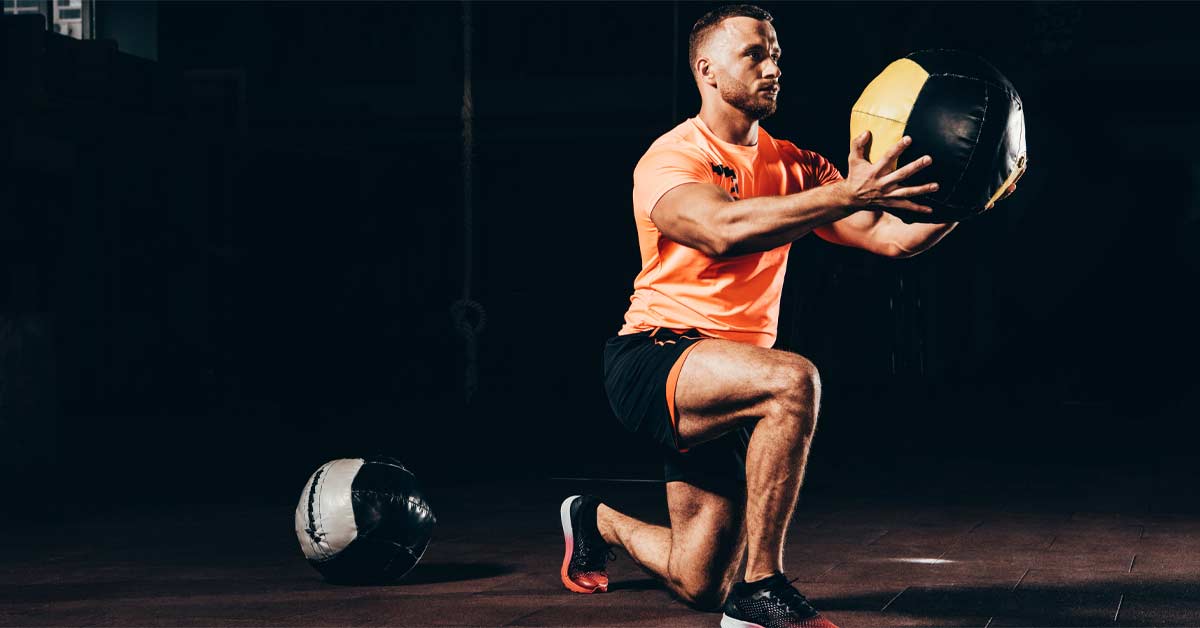
Sports—particularly team sports—demand that athletes create force in a variety of planes with asymmetrical forces. Traditional training methods that lean heavily on bilateral lifts and linear plane movements often don’t meet these demands. Coach Erik Treske presents several methods that use asymmetric training and variable loading to prepare athletes to excel in their given sport.

Dealing with Asymmetries in Comp Lifts

PDF) The Relationship Between Asymmetry and Athletic Performance: A Critical Review

Measuring Athlete Asymmetries: The 'Calculation Conundrum'
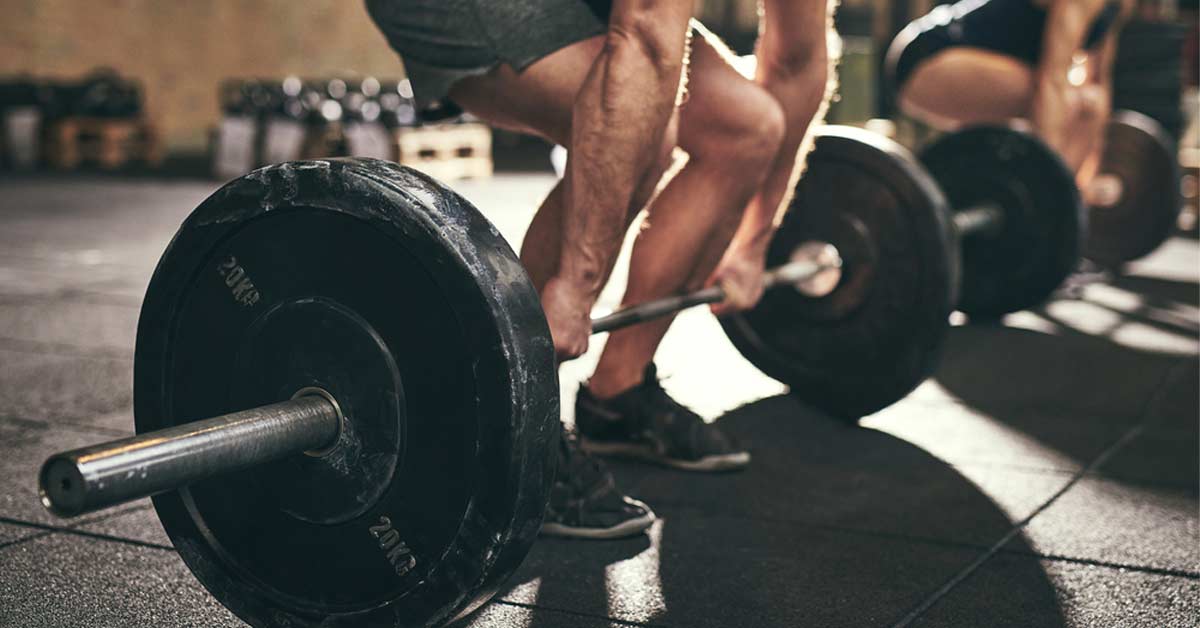
An Objective Biomechanics Model for Better Program Design

Training load variation throughout the whole season. Weekly training

Implications of asymmetry in the treatment of injured athletes
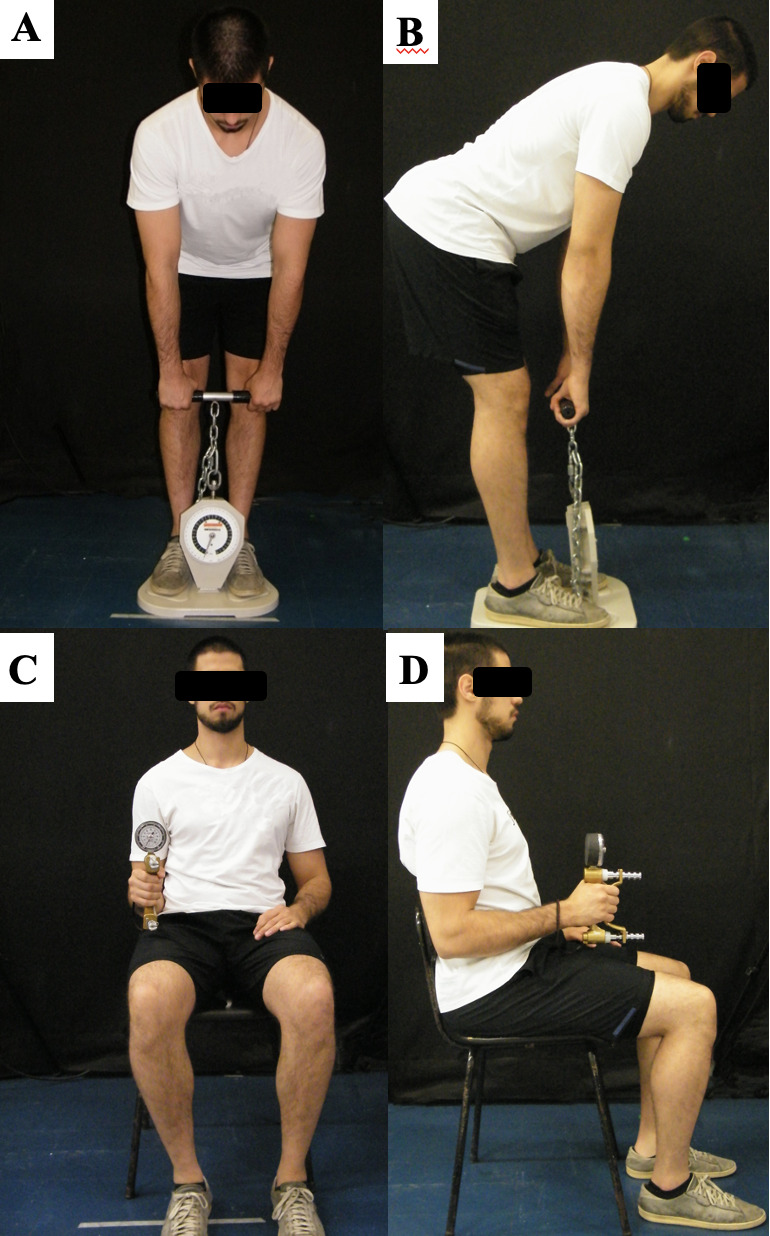
Trunk, Mass Grasp, Knee, and Hip Muscle Performance in CrossFit Participants: Reference Values According to Participants' Sex and Limb Dominance
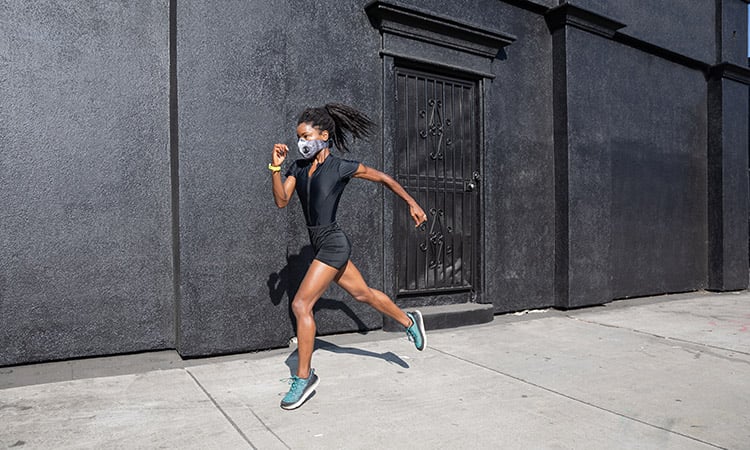
Sports Performance: 8 Reasons to Train Athletes - NASM
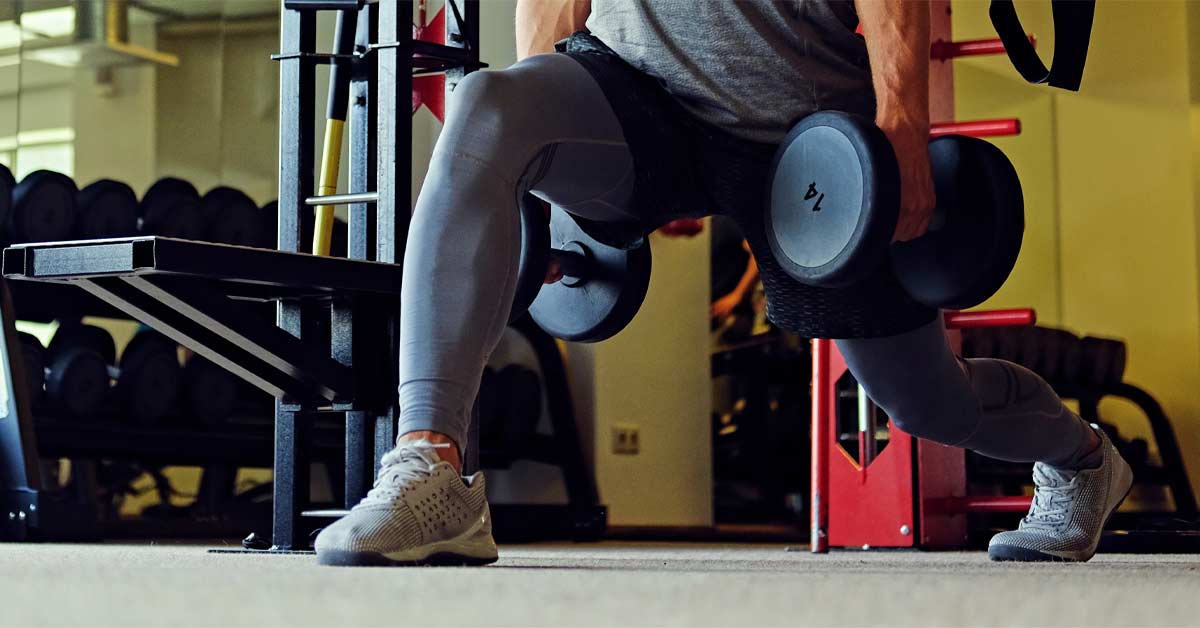
Unilateral Leg Training – History, Science, and New Concepts
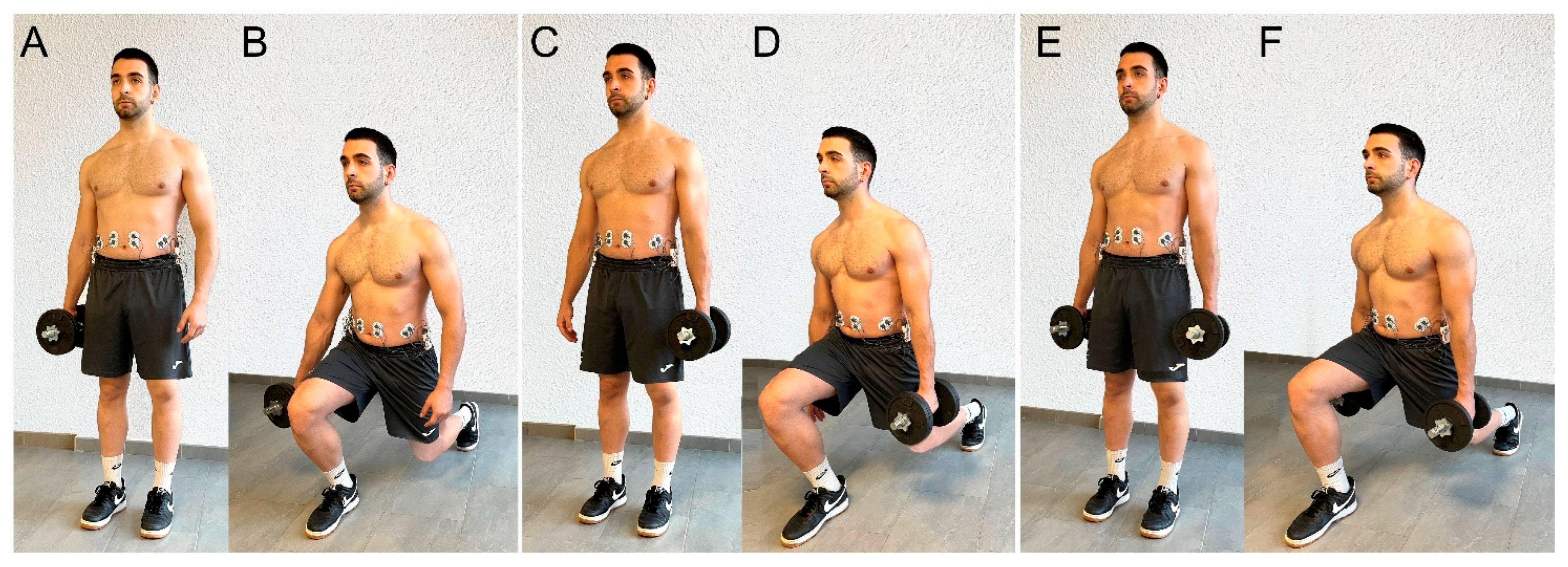
Healthcare, Free Full-Text

Maximising vertical jump training with accentuated eccentric loading - Sportsmith
.jpeg)
Blogs
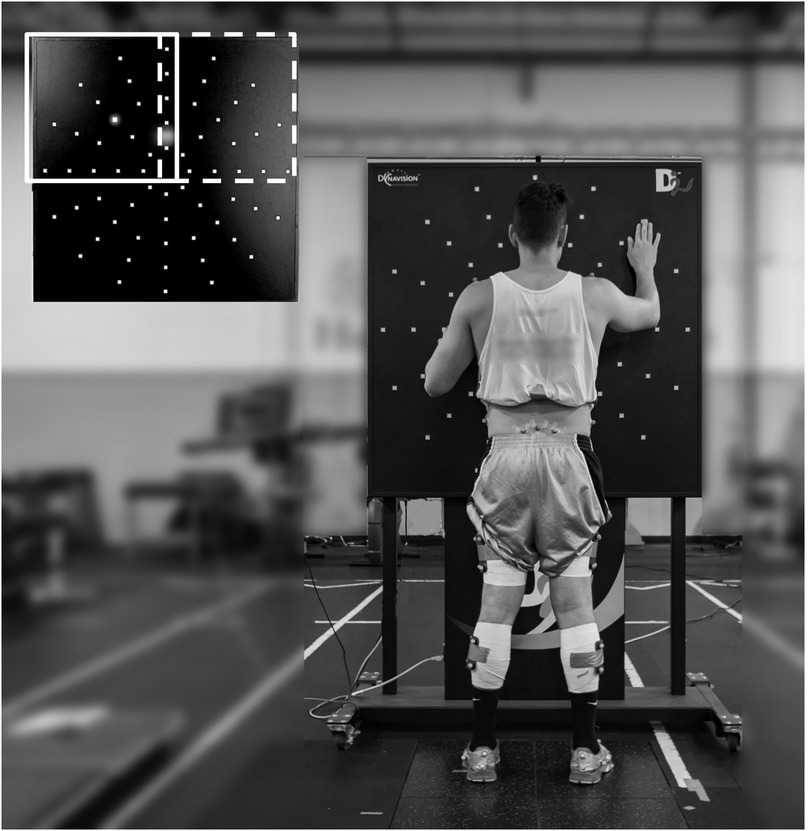
Frontiers Prioritizing limb loading improves symmetry during dual-tasking in individuals following anterior cruciate ligament reconstruction